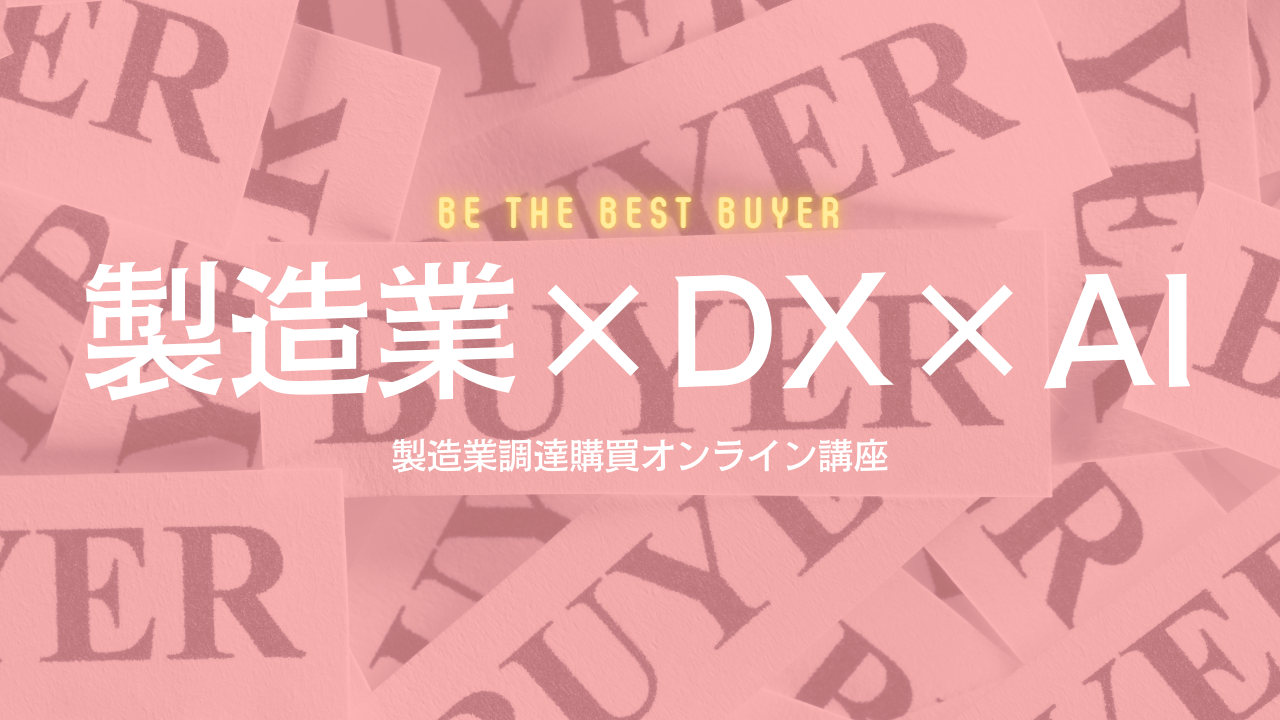- お役立ち記事
- Flexibility of procurement and purchasing departments to cope with the trend toward smaller lots and greater variety of processed goods
Flexibility of procurement and purchasing departments to cope with the trend toward smaller lots and greater variety of processed goods

The modern world is constantly changing, and this brings new challenges and opportunities for businesses. One significant trend impacting procurement and purchasing departments is the move toward smaller production lot sizes and a greater variety of processed goods. With consumers demanding more options and customization, companies must adapt their supply chain strategies. Flexibility will be key to coping with this shift while still meeting objectives.
Procurement teams are finding they can no longer rely on large batch orders of standardized products. Supplying stores with a wide assortment in low quantities requires a more nimble approach. Fixed contracts and long lead times no longer make sense when customer preferences are splintering. Departments must source from multiple regional vendors who can deliver partial pallets or even single cases on short notice. This allows replenishing inventory as needed rather than getting stuck with overstocks of slow-moving stock keeping units (SKUs).
Finding appropriate suppliers capable of smaller runs requires expanding traditional networks. Procurement should cast a wider net to locate manufacturers with flexible production capabilities. Rather than relying on a select group of strategic partners, the list of approved vendors needs diversifying. Qualifying additional bidders prevents over-reliance on any single source and ensures backup availability. Maintaining multiple supply options provides a buffer in cases where usual partners face delays or capacity constraints.
Streamlined processes and digital tools are essential aids for the complexity of fragmented demand. Procurement must implement software and systems optimizing order fulfillment from a dispersed supplier base. Automated tracking of SKU-level inventory across many distribution points prevents stock-outs while avoiding overages. Digital Kanban replenishment notifies vendors to replenish shelves just as inventory reaches defined minimums. And e-procurement portals facilitate last-minute purchase orders whenever unexpected voids appear.
Instead of fixed blanket contracts locking in pricing annually, variable frameworks allow fluctuating based on volume, lead time, or other negotiated factors. This gives pricing flexibility as requirements vary widely. Spend management and invoicing also need overhauling to accommodate numerous short-cycle micro-transactions replacing former bulk shipments. Cost accounting requires diligence to ensure savings potential from the new paradigm rather than succumbing to inefficiencies of disjointed planning and execution.
Training focuses on equipping procurement agents for the problem-solving and relationship management essential in collaborative supply chain planning. Staff leverage enhanced market analytics, keeping abreast of relevant cost and lead time indicators influencing total cost of ownership. They proactively communicate purchasing needs and capacity projections to key partners. Joint business reviews identify opportunities or risks necessitating contingent mitigation strategies. Partnerships transform into true strategic alliances optimized for cooperative strategic supply.
The capabilities and mindset shifts required are significant but attainable. With transformation, procurement can adapt to this profound paradigm change and emerge stronger. Those fostering innovation and flexibility will gain competitive advantage through their adept supply chain management. Ultimately, the departments supporting modern demands with optimized agility and responsiveness will prove most indispensable strategic assets for their enterprises. With vision and effort, the ongoing evolution need not spell limitations but harbors infinite opportunities for growth.
In conclusion, the evolving trend toward smaller production batches and greater product variety poses both difficulties and potential for procurement and purchasing departments. However, through digital transformation, expanded supplier networks, and cultivation of strategic partnerships, these groups can develop the flexibility needed to effectively manage shifting supply requirements. Proactive change establishes continued ability to efficiently meet customer needs while creating long-term organizational value.
 資料ダウンロード
資料ダウンロード
QCD調達購買管理クラウド「newji」は、調達購買部門で必要なQCD管理全てを備えた、現場特化型兼クラウド型の今世紀最高の購買管理システムとなります。
 ユーザー登録
ユーザー登録
調達購買業務の効率化だけでなく、システムを導入することで、コスト削減や製品・資材のステータス可視化のほか、属人化していた購買情報の共有化による内部不正防止や統制にも役立ちます。
 NEWJI DX
NEWJI DX
製造業に特化したデジタルトランスフォーメーション(DX)の実現を目指す請負開発型のコンサルティングサービスです。AI、iPaaS、および先端の技術を駆使して、製造プロセスの効率化、業務効率化、チームワーク強化、コスト削減、品質向上を実現します。このサービスは、製造業の課題を深く理解し、それに対する最適なデジタルソリューションを提供することで、企業が持続的な成長とイノベーションを達成できるようサポートします。
 オンライン講座
オンライン講座
製造業、主に購買・調達部門にお勤めの方々に向けた情報を配信しております。
新任の方やベテランの方、管理職を対象とした幅広いコンテンツをご用意しております。
 お問い合わせ
お問い合わせ
コストダウンが利益に直結する術だと理解していても、なかなか前に進めることができない状況。そんな時は、newjiのコストダウン自動化機能で大きく利益貢献しよう!
(Β版非公開)


